How Rubber Ramps Improve Mobility and Safety
Introduction to rubber ramps
Rubber ramps are an essential feature in public spaces to enhance mobility and safety. These ramps are made from durable, flexible rubber materials that provide a smooth transition between different levels, making it easier for individuals with mobility aids or strollers to navigate curbs and steps effortlessly. The rubber material offers a non-slip surface, reducing the risk of slips and falls, thus promoting safety for everyone.

Importance of rubber ramps for mobility
Rubber ramps play a crucial role in enhancing mobility and safety in public spaces. These ramps provide smooth transitions for individuals using mobility aids like wheelchairs or walkers. By installing rubber ramps, public spaces become more accessible for everyone, ensuring that individuals with disabilities can navigate freely and safely. The flexibility and durability of rubber ramps make them an essential feature in promoting inclusivity and independence.
Types of rubber ramps available
Rubber ramps come in various types to suit different needs. Here are some common options you might find:
- Threshold Ramps: These ramps are typically used to bridge small height differentials, such as thresholds at doorways. They are usually compact and portable, designed for indoor or outdoor use.
- Modular Ramps: These ramps are constructed from interlocking modular sections, allowing for customization to fit specific lengths and configurations. They are versatile and can be adjusted or expanded as needed.
- Rubber Curb Ramps: Curb ramps are specifically designed to provide access over curbs or steps. They are often used in urban environments to improve accessibility for wheelchair users at intersections, sidewalks, and other pedestrian areas.
- Non-Slip Rubber Ramps: These ramps are equipped with non-slip surfaces to enhance traction and stability, particularly in wet or slippery conditions. They reduce the risk of accidents and provide added safety for wheelchair users.
- Custom Ramps: In some cases, custom rubber wheelchair ramps may be fabricated to meet unique requirements, such as ramps with specific dimensions or configurations to accommodate architectural constraints or unusual obstacles.
These categories may overlap, and specific ramps may have features from multiple categories depending on their intended use and design specifications.
Installation of rubber ramps in public areas
Rubber ramps are installed in public areas to improve accessibility for people with mobility challenges. They are designed to provide a smooth transition between different levels and surfaces, making it easier for individuals using wheelchairs, walkers, or strollers to move around. The installation of rubber ramps enhances safety by reducing the risk of trips and falls, creating a more inclusive environment for all individuals.
Benefits of using rubber ramps in urban settings
Rubber ramps offer improved accessibility for individuals with mobility challenges in public areas like streets, parks, and buildings. They provide a safer way for people using wheelchairs or strollers to move around freely. Rubber ramps are durable, slip-resistant, and easy to install, making them a practical choice for enhancing mobility and safety in urban settings.
Features to look for in rubber ramps
Make sure the rubber ramp you’re considering has a slip-resistant surface to prevent accidents. Look for ramps that are sturdy and can support heavy loads without bending or breaking. Opt for ramps with bright colors for better visibility, especially in dimly lit areas. Choose ramps that are easy to clean and maintain, as this will ensure longevity and safety. Lastly, check for ramps that are weather-resistant, so they can withstand the various climates throughout the year.
Maintenance tips for rubber ramps
Rubber ramps require regular cleaning to prevent dirt and debris buildup. Inspect the ramps frequently for any signs of wear and tear or damage. To maintain the ramps' effectiveness, ensure they are properly secured to the ground. Regularly check the ramps for any loose screws or bolts that may need tightening. Replace any damaged or worn-out rubber ramps promptly to ensure continued safety and mobility in public spaces.
Conclusion and future of rubber ramp initiatives
As rubber ramps continue to enhance accessibility, future initiatives aim to expand their usage across more public spaces. The success of current projects shows the positive impact of these ramps on mobility and safety. The commitment to inclusivity and ease of movement drives the ongoing efforts to implement rubber ramps, making areas more accessible for all.



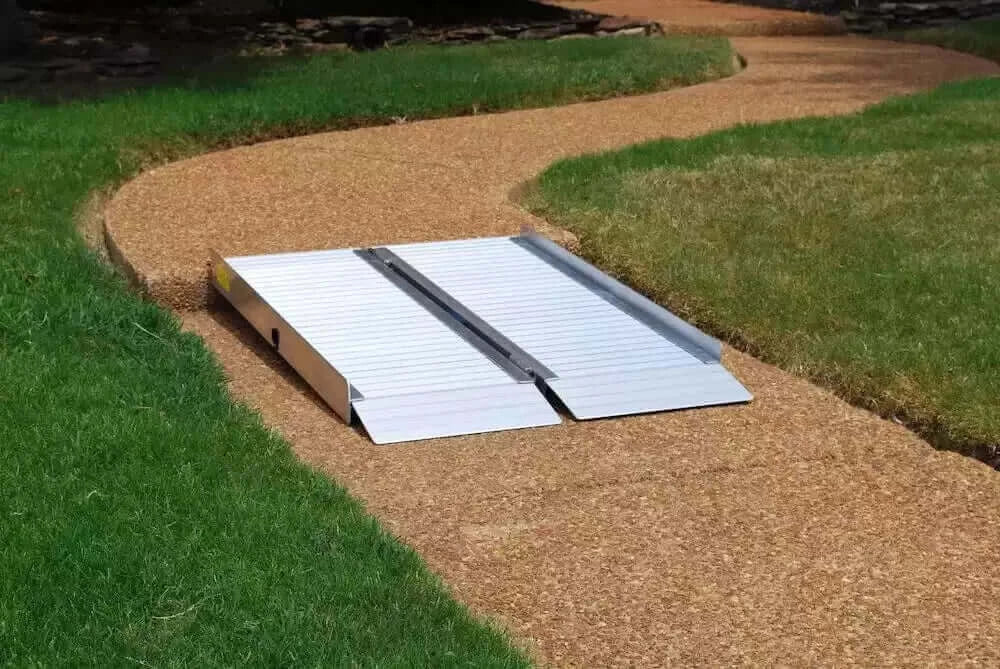



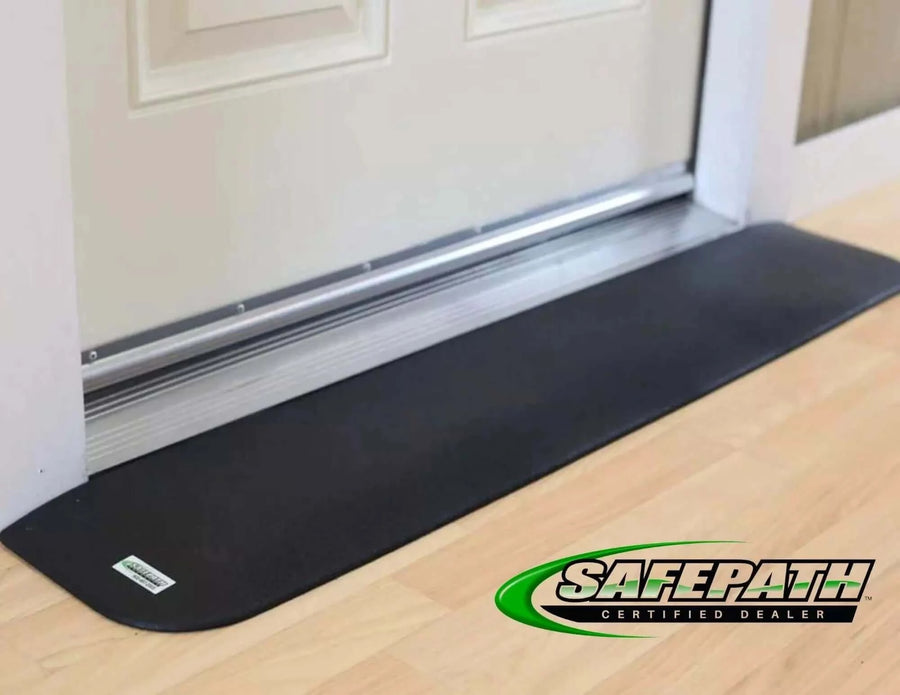
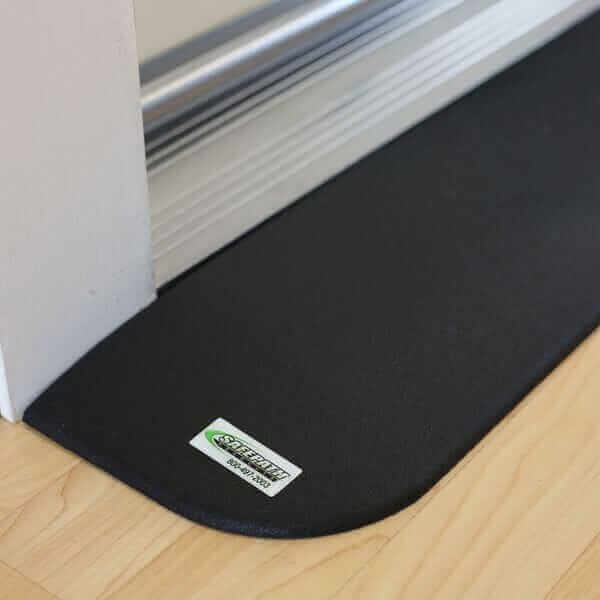
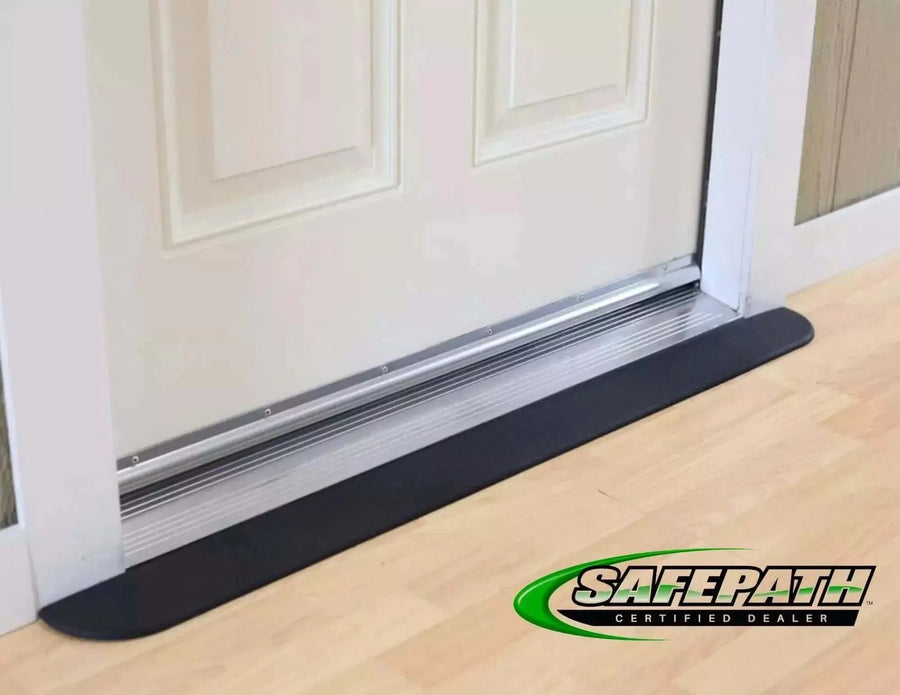
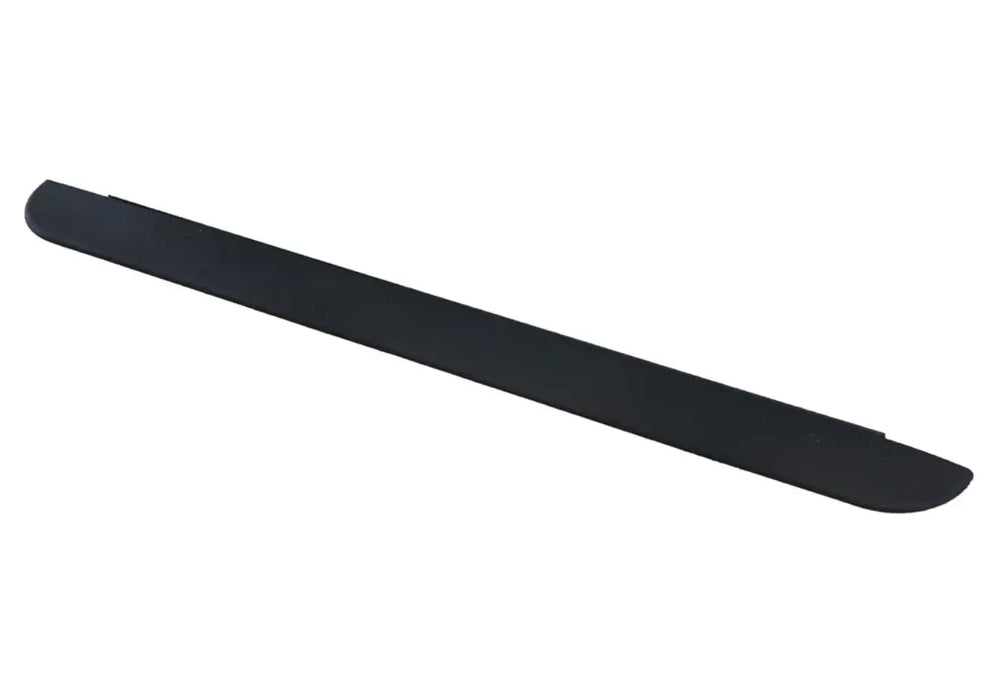
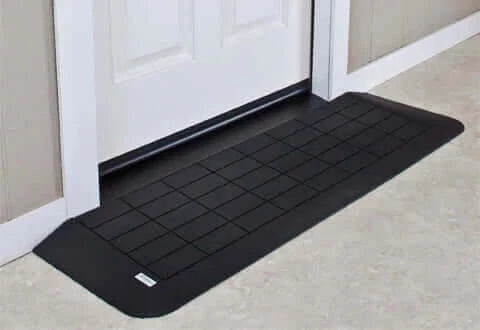
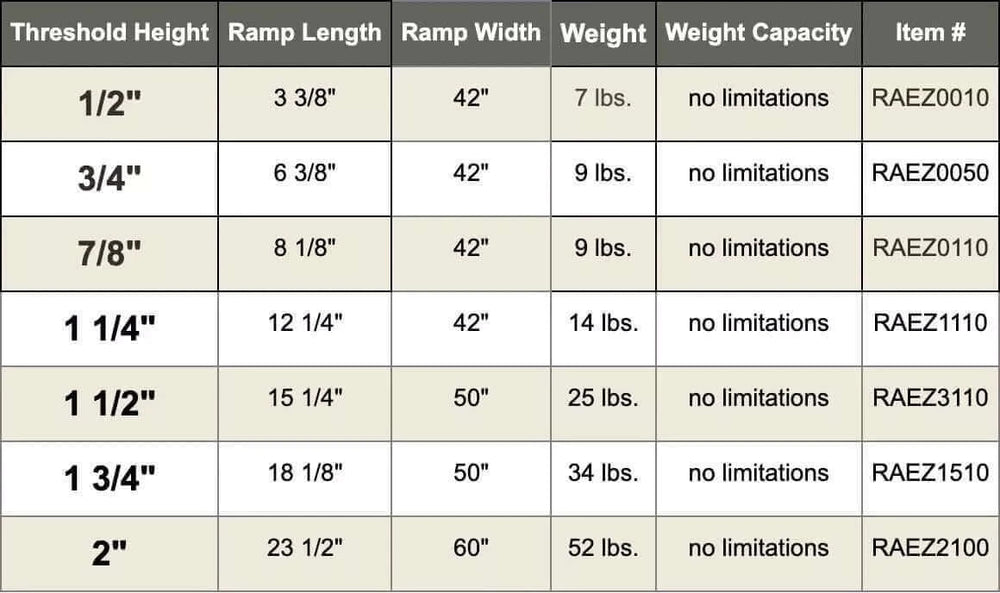
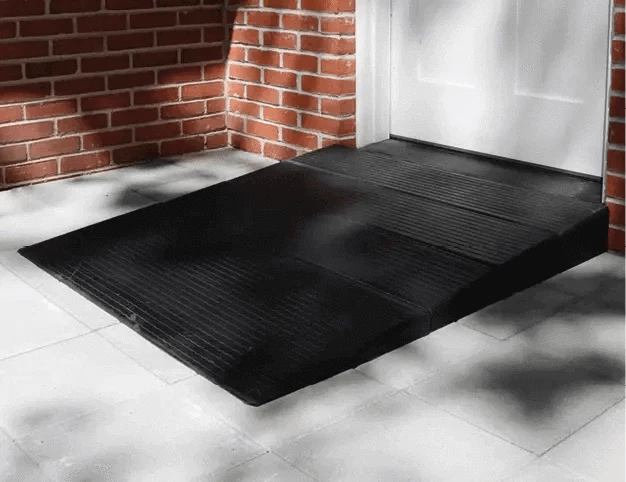
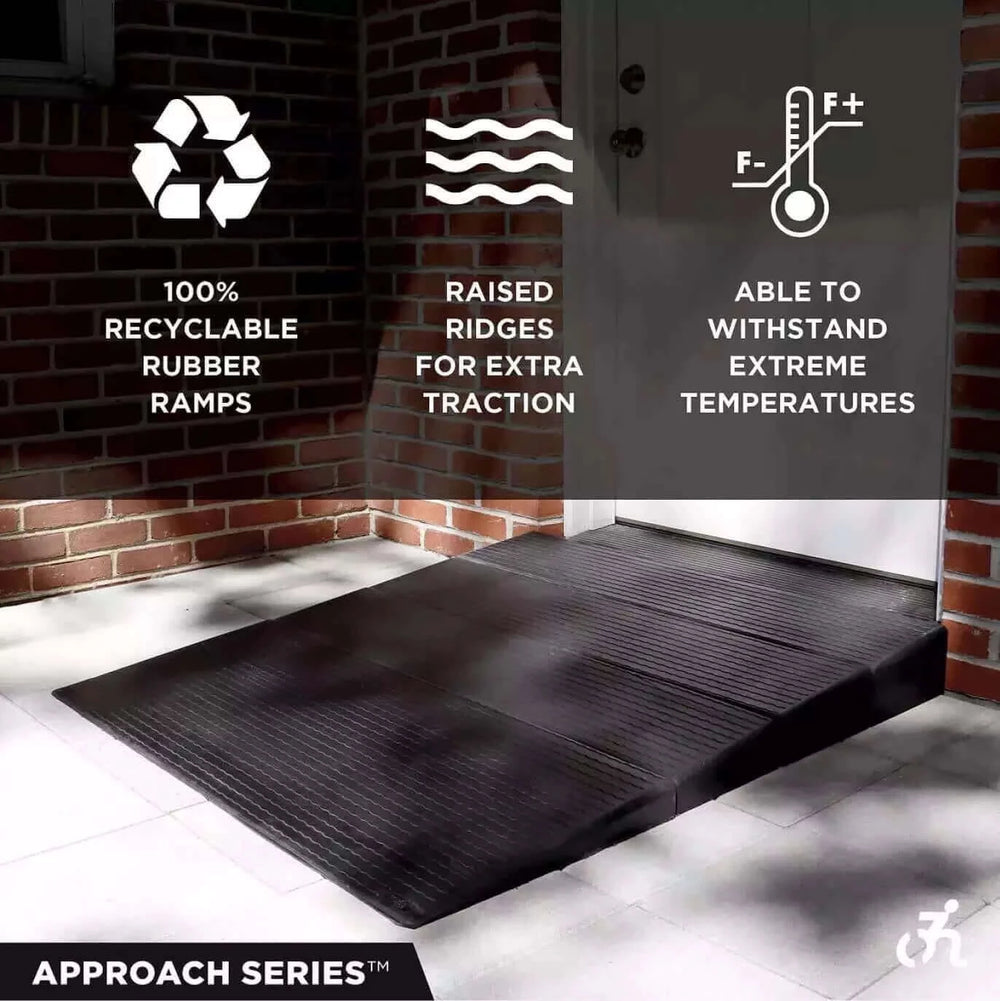
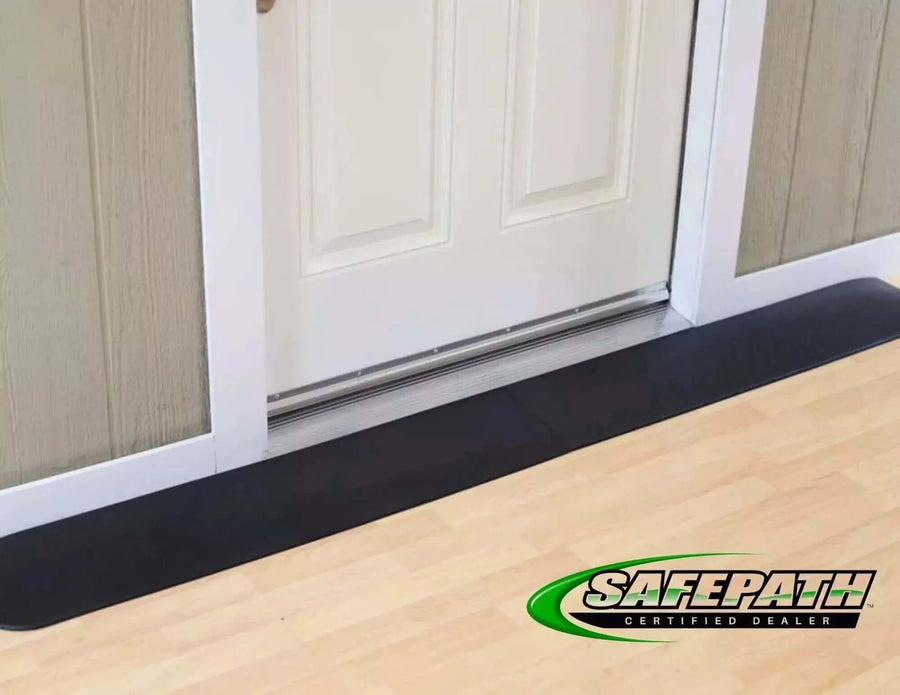

Leave a comment